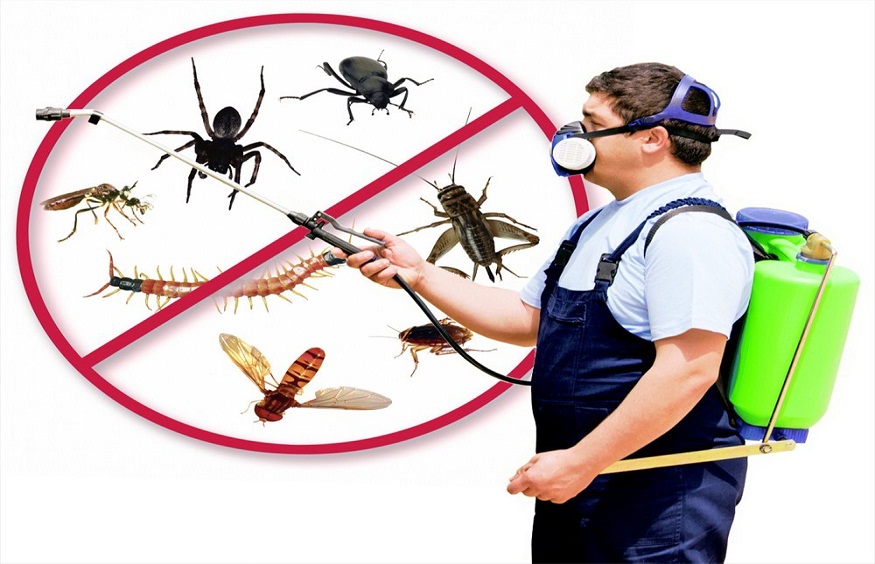Integrated Pest Management (IPM) elicits concerns sustainably and practically that emphasizes environment-friendly techniques and methods. It integrates the information on specific life cycles of pests and how they interact with the environment in question with different types of control measures. Integrated information makes it possible to control pests efficiently, at lower expenses, and with minimal risk to people, buildings, and the environment.
IPM approaches can be utilized in agricultural and non-agricultural environments like homes, lawns, and workplaces. IPM incorporates pesticides as a last resort within various pest control strategies. Contact avatapest.com to get pest management services.
Core principles of IPM
- Monitoring and Identification: Before taking action, IPM involves monitoring pest populations and identifying the specific pest causing the problem. This helps determine if pest control is even necessary and avoids unnecessary interventions
- Prevention: IPM focuses on creating conditions that make a habitat less hospitable to pests. This can involve modifying cultural practices, using resistant plant varieties, or creating habitats for natural predators.
- Integrated Pest Control: IPM utilizes a range of control methods besides just chemical pesticides. This can include biological controls (like introducing predators or parasites), mechanical controls (like traps), or physical controls (like modifying the environment).
- Minimizing Pesticide Use: Chemical pesticides are a last resort in IPM. The goal is to use them strategically and only when other methods are insufficient. This helps reduce the risk of pesticide resistance in pest populations and protects human health and the environment.
Benefits of Integrated Pest Management (IPM)
Here’s a closer look at the key benefits IPM provides across various settings, from homes to schools.
1) Reduced Pest Populations and Improved Long-Term Effectiveness
IPM addresses the root causes of pest issues by focusing on pest life cycles and environmental factors that may contribute to infestations. This approach includes strategies like sealing entry points, reducing access to food and water, and maintaining regular monitoring to catch pest problems early.
2) Minimized Pesticide Use and Reduced Health Risks
A standout feature of IPM is its emphasis on selective, minimal pesticide use. Traditional pest control methods often rely on frequent pesticide applications, which can pose health risks to humans, especially children.
3) Health Benefits for Children and Vulnerable Populations
IPM is particularly beneficial in settings like schools, where millions of children and staff spend substantial time. Many common pests—such as cockroaches, rodents, and dust mites—are known to trigger allergies and asthma attacks. A major health concern in the U.S. Studies have shown a direct link between pest infestations, increased allergen levels and asthma prevalence, particularly in densely populated urban areas. For instance, research in New York City found significant asthma incidence related to cockroach and mouse allergens in public housing.
4) Promotion of Sustainable, Long-Term Pest Control
IPM encourages using sustainable pest control practices, focusing on creating environments naturally resistant to pests. This proactive approach aligns with sustainability goals, reducing the need for repeated treatments and contributing to a healthier, more resilient ecosystem.
5) Environmental Protection and Reduced Ecological Impact
IPM prioritizes environmental protection by reducing dependency on chemical pesticides, which can negatively affect local ecosystems. Excessive pesticide use can lead to contamination of soil, water sources, and non-target species, including beneficial insects and pollinators. IPM’s targeted use of pesticides and emphasis on eco-friendly alternatives, such as natural predators or traps, limits environmental impact. IPM aligns pest control practices with broader environmental conservation goals by reducing pollution and maintaining biodiversity.
Conclusion
IPM offers a comprehensive solution that protects people and the planet. Whether applied in schools, workplaces, homes, or agricultural settings, IPM creates safer environments, supports public health, and promotes sustainable pest management practices that benefit communities. In an age where health and environmental impact are critical considerations, IPM stands out as a valuable and responsible approach to managing pests effectively.

